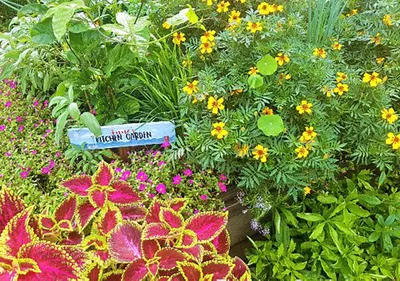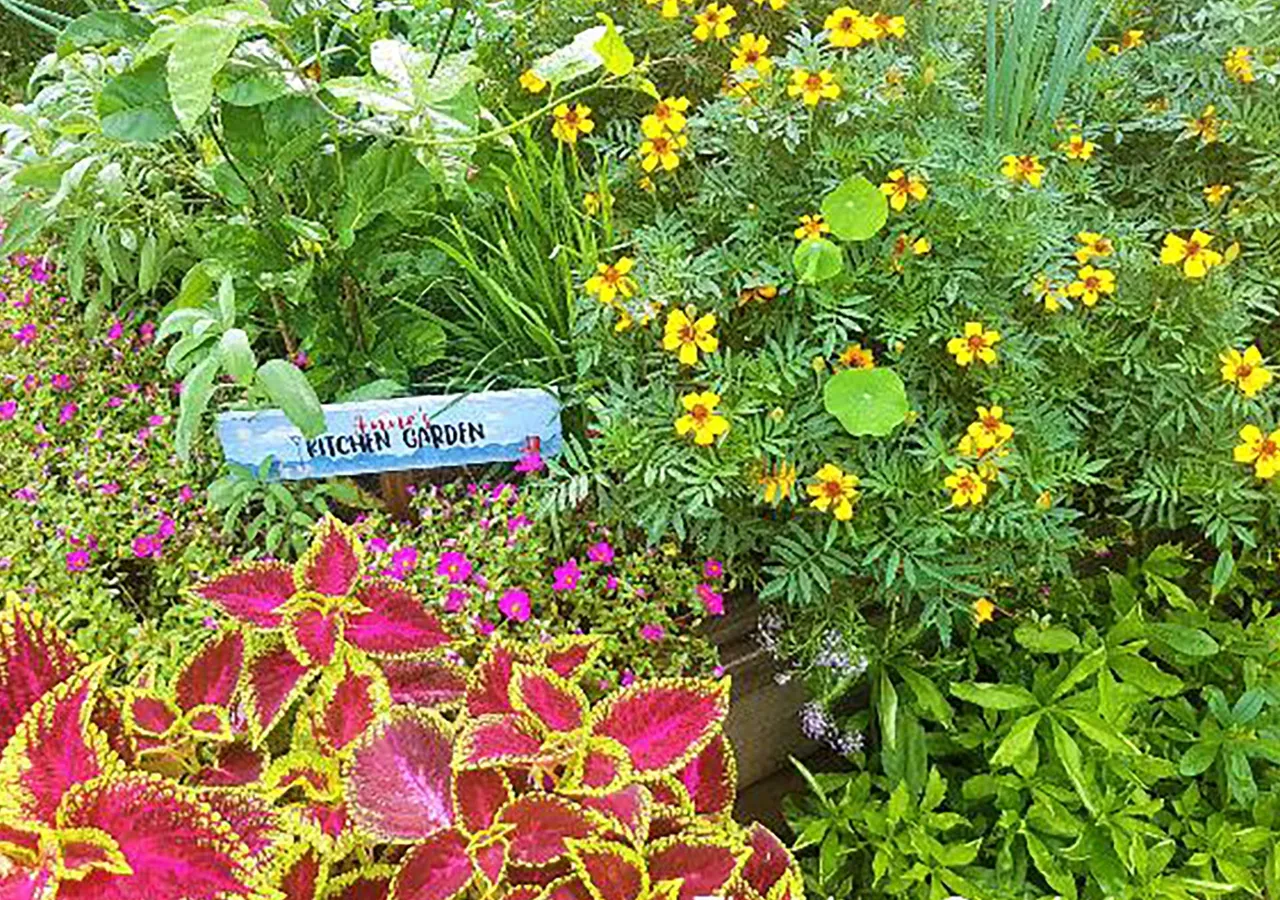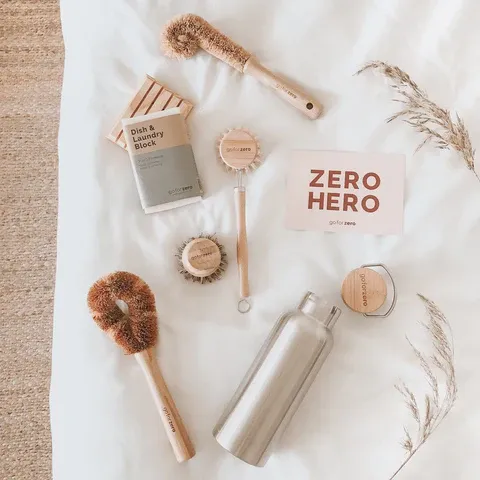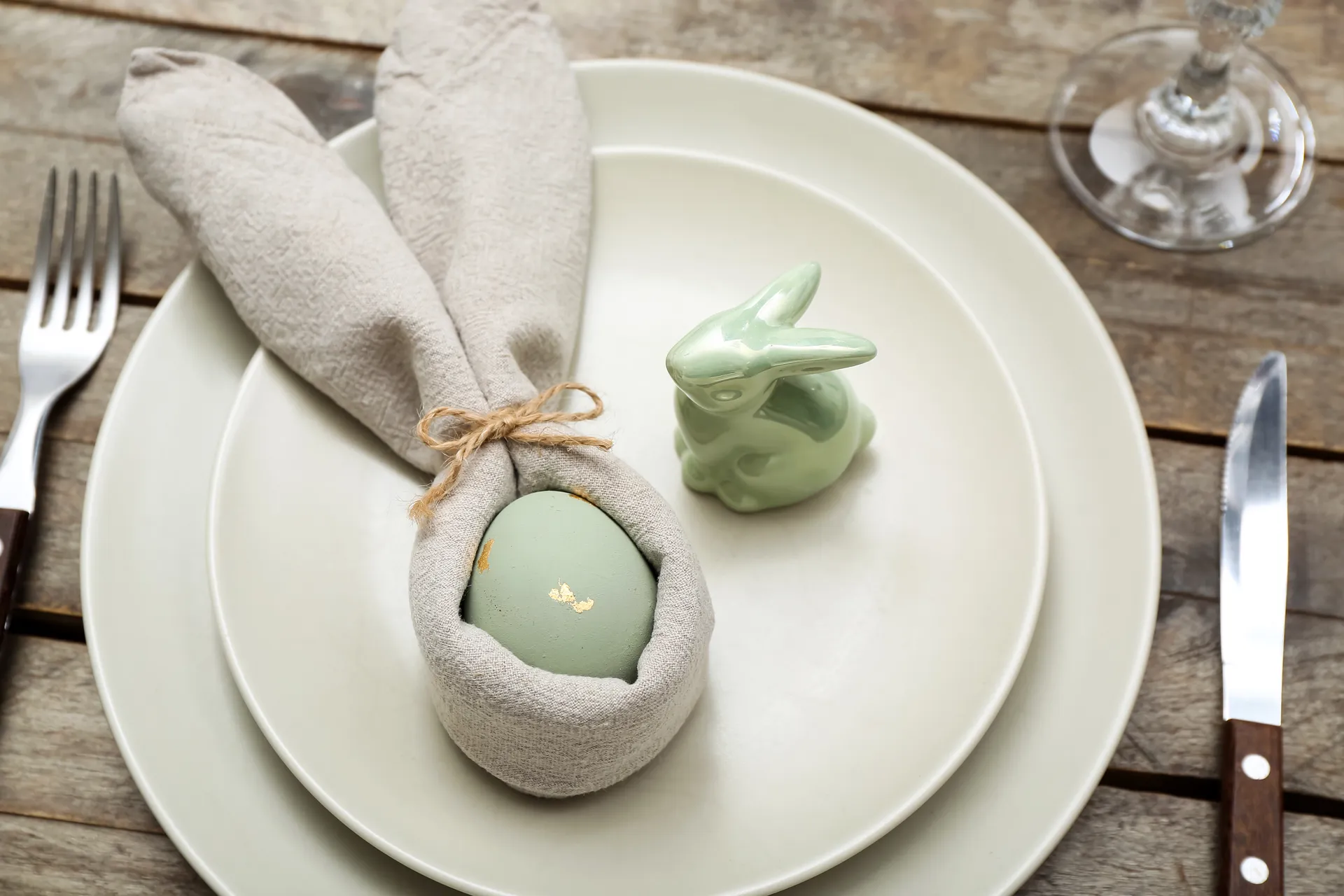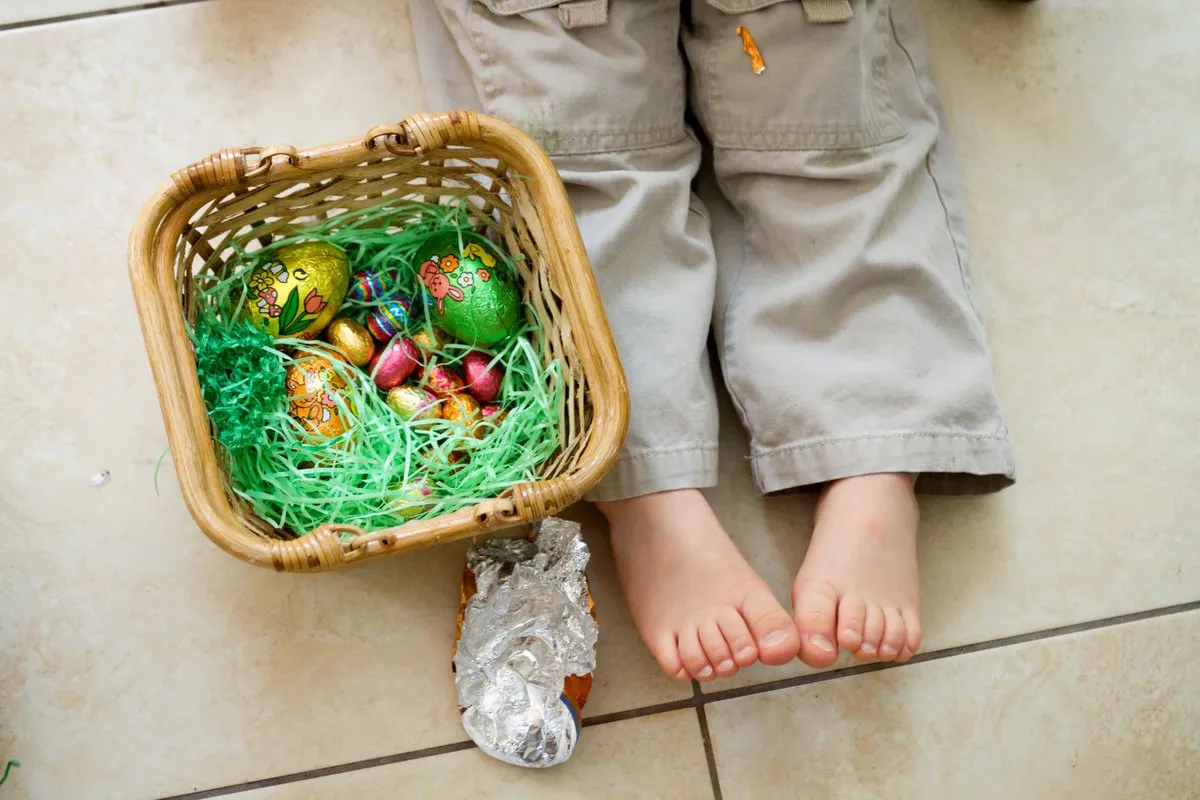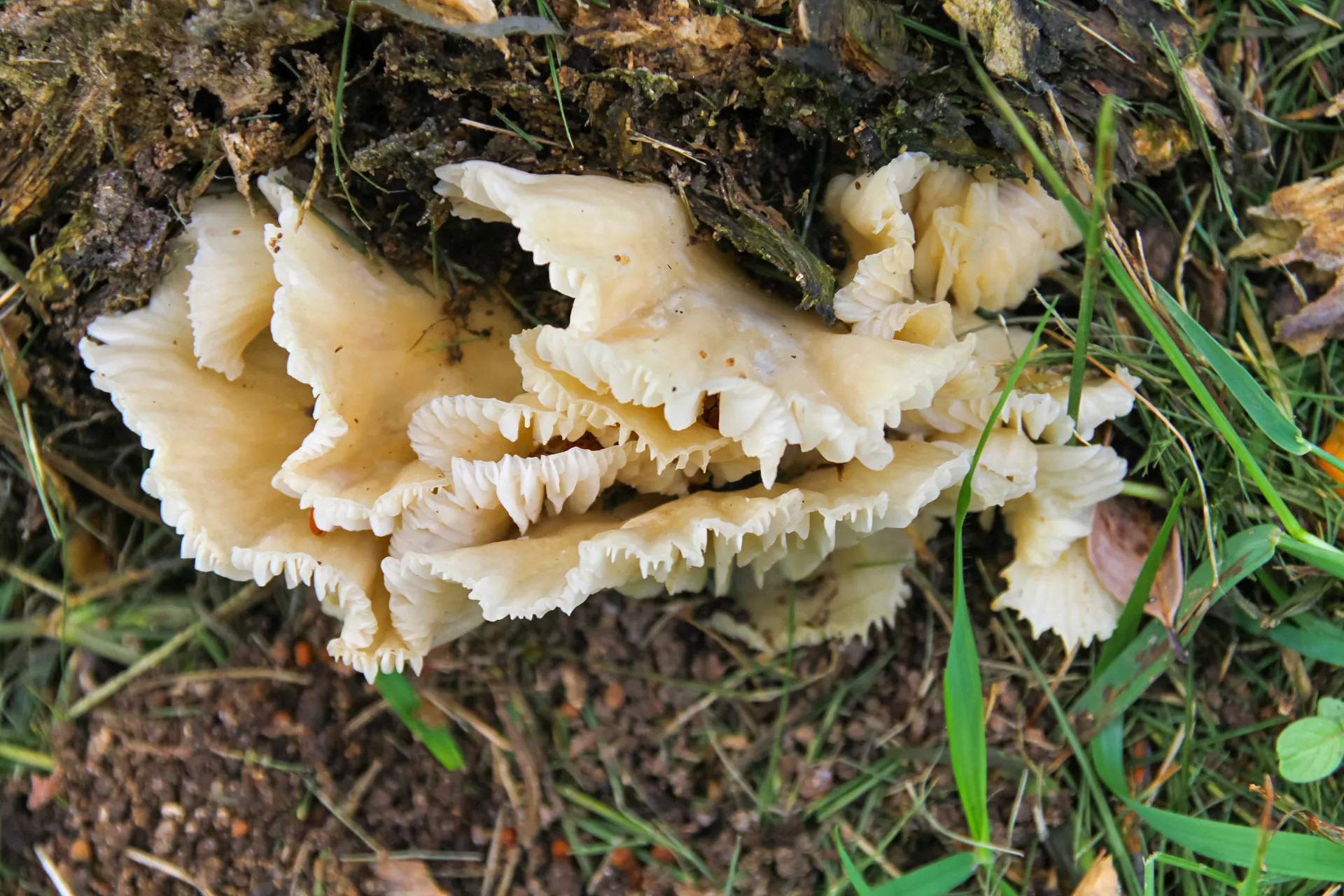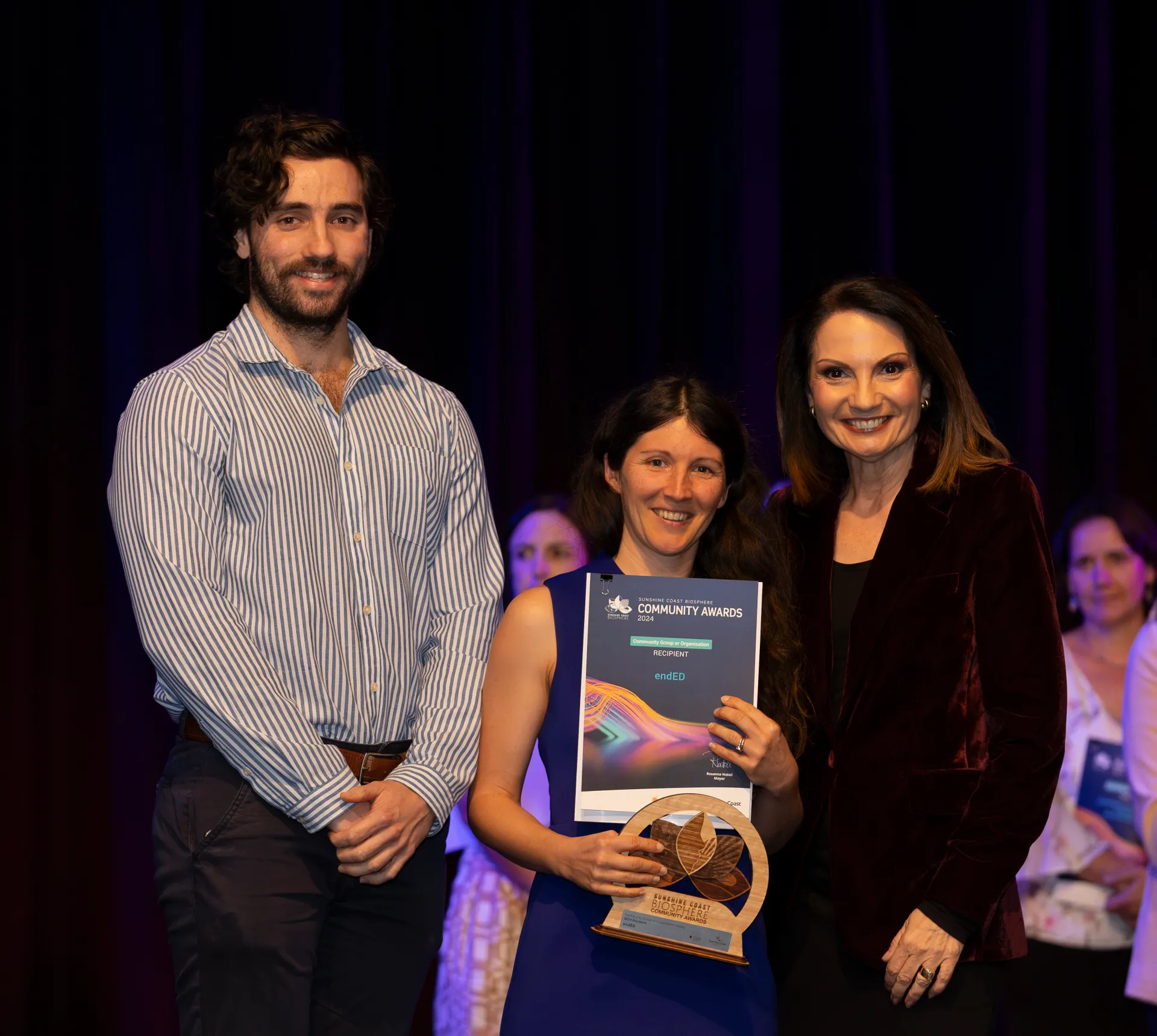How to have plastic-free periods

The average menstruator spends 3,000 days bleeding. That equates to roughly 12,000 pads and/or tampons in the bin.
Because the majority of sanitary products sold in Australia contain plastic, that's about 120kg of bloody waste per person sitting in landfill or floating in the ocean.
If you're feeling a little uneasy about the waste you're producing, you're not alone.
There's a groundswell of concern across the globe that's resulted in a push for 'environmenstrual' alternatives, like these:
Plastic-free disposables
Ella Daish is the founder of the global #EndPeriodPlastic campaign and says plastic-free disposable pads and tampons are a good introduction to the world of sustainable period products.

"I made the move to plastic-free disposables because it was something I was familiar with," she says.
"But when I started the campaign, plastic-free disposables weren't available in major supermarkets, so you might need to speak to your supermarket manager and push them to start selling the products if they don't have them."
Plastic-free disposable pads and tampons are usually made from plant-based materials like cotton and bamboo.
Pros:
- Biodegradable
- Familiar (look and feel the same as disposables)
- Organic options available
Cons:
- Not as widely stocked as products containing plastic
- Single-use
- Still take time to break down
Reusable pads

Cloth pads are a waste-free option for those willing to wash between uses.
You'll find them online or at alternative health retailers in a range of designs.
Generally, they're cut in the same shape as disposable pads — with and without wings — and are made from fabric. Their effectiveness will depend on the absorbency of the fabric used.
If you're concerned about movement of the pad, look for options with snap buttons to hold them in place.
Pros:
- Long-lasting
- Better value for money than disposables in the long term
- Range of shapes, sizes and designs available
- You can make them yourself
Cons:
- Maintenance (soaking, washing and drying between wears)
- More expensive initial cost than disposables (average cost is around $10 per pad)
- Can be awkward to carry around in public between changes
- Lack of adhesive strip can mean some designs move around
Period undies
Period underwear is definitely having a moment — they're available from a wide range of retailers and even popping up in mainstream supermarkets.
You can read more about the science behind period undies here.
Pros:
- Reusable
- Variety of sizes, styles and absorbency levels
- Also effective for light bladder leakage
- Low-to-no waste
Cons:
- Maintenance (washing and drying between wears)
- Expensive initial outlay (around $20-$30 per pair)
- You will need multiple pairs to get through a cycle
- Can leak if you don't get the right fit (they need to be snug)
Menstrual cups
Menstrual cups have been around for decades, but have risen in popularity in recent years.
Usually made from bendy silicone, they're bell-shaped devices that sit inside the vaginal canal where they collect blood (as opposed to absorbing it like a tampon).
They come in various sizes (some size guidelines factor in the age of the user and whether they have given birth) and are available online and in pharmacies and other health-focused retail outlets.
You can find out more about how menstrual cups work here.
Pros:
- Very long-lasting (many years if you take care of it)
- Can be left in situ for up to 12 hours
- No waste
- Better value than disposable products in the long-term
Cons:
- Expensive initial outlay (average price $30>)
- Can take a while to get used to (you might want to remove them in the shower if you're worried about spillage)
- Maintenance (must be sterilised between cycles)
- Small number of women in some studies reported their IUDs became dislodged
Menstrual discs
A menstrual disc also collects blood, but has a flatter appearance than a menstrual cup. A disc sits higher than a cup, in the vaginal fornix (above the vaginal canal and tucked behind the cervix and pubic bone).
Most popular menstrual discs are plastic and single-use. Reusable silicone discs are also available and more environmentally friendly, but can be harder to find.
Pros:
- Very long-lasting (for the reusable models)
- Can be left in situ for up to 12 hours
- Better value than disposable products in the long term
- Can be left in place during penetrative intercourse (cups cannot)
Cons:
- Expensive initial outlay (average price $50>)
- Can be a little more difficult to remove than a cup (doesn't have a 'stem' attached to pull — you need to hook your finger around the rim of the disc which can be messy)
- Maintenance (must be sterilised between cycles)
Approach with caution
Knitted, crocheted and fabric reusable tampons are available mostly from small-scale crafters online, along with DIY patterns.
But they're harder to find than pads, probably due to safety concerns and lack of regulation.
Royal Australian and New Zealand College of Obstetricians and Gynaecologists spokeswoman Talat Uppal advises against inserting any period products that have not been approved by the Therapeutic Goods Administration.
"Very little research has gone into looking at alternative tampons, hence a discomfort to label as 'safe'," Dr Uppal says.
"We worry about hygiene, potential for introducing pelvic infections and specifically toxic shock syndrome. I'm also concerned that there may be fibres left behind in the vagina that form microscopic reservoirs for infection."
Sea sponges are also marketed as 'natural' tampons because of their absorbent qualities.
But gynaecologist and author of The Vagina Bible, Jen Gunter, warns against sponges, saying tests have shown some to contain potentially harmful debris and bacteria.
On her blog, Dr Gunter also says make-up sponges are a tampon hack to avoid.
"I had a friend who is an emergency room doctor take a short informal survey and many of her colleagues have seen women with retained make-up sponges in the vagina," she says.
This is general information only. For detailed personal advice, you should see a qualified medical practitioner who knows your medical history.
Original article: https://www.abc.net.au/everyday/how-to-have-plastic-free-periods/11794212
